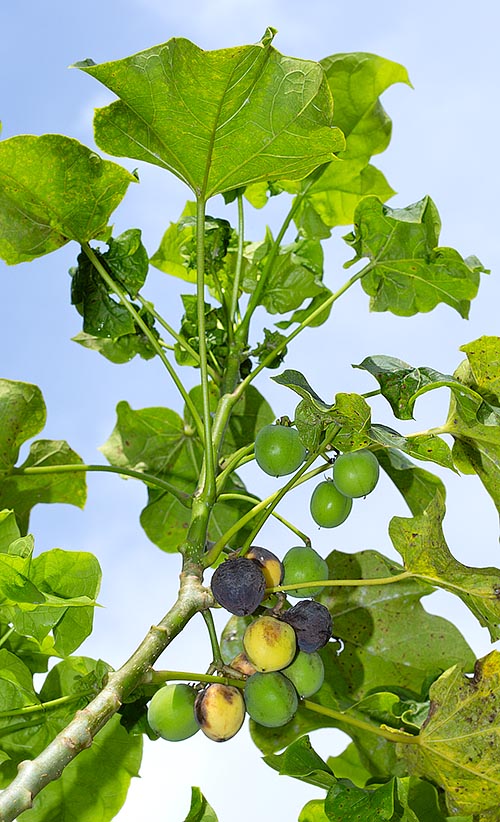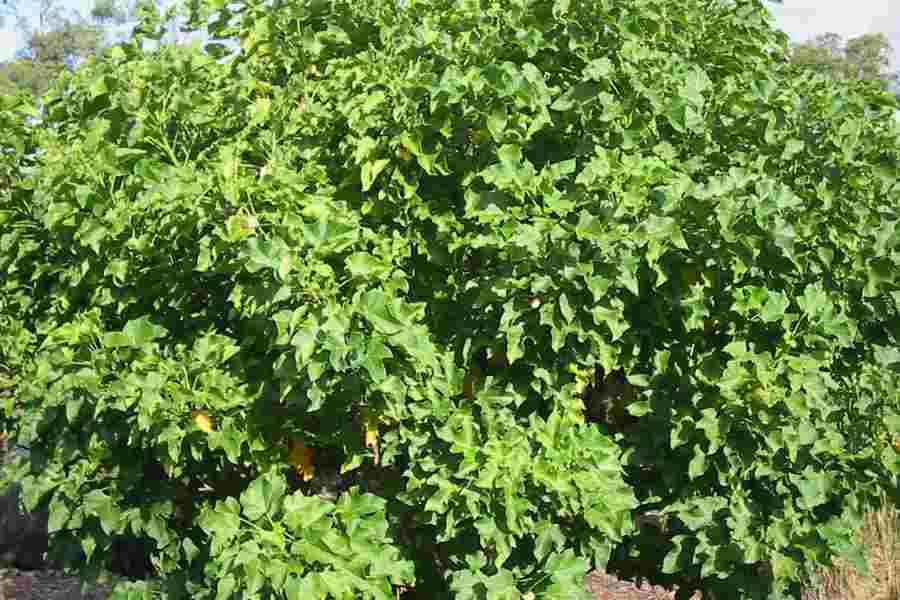This company has no active jobs
Pests Of Jatropha
Jatropha Curcas is acquiring significance commercially as the need of nonrenewable fuel sources increases significantly and likewise Jatropha is an eco-friendly energy plantation. Plantation of this plant is thought about to be an outstanding fuel alternative and it is also very affordable compared to other fuels. Recently, Jatropha is dealing with some difficulty with pests and diseases. The pests are categorized into 2 varieties: Pest that impact young plants and Pest that affect grown plants.

Young plant pests: Cutworm, Scarabeid Beetle, Army worm, Grasshopper.
Agrotis ipsilon: It is commonly referred to as Cut worm. This insect affects the seedlings and young Jatropha plants. If the plant is impacted by the cutworm, the stem gets cut nearer to the soil surface and this will diminished the plant entirely.
Control: This pest can be managed by choosing the larva found around the plants or by mixing the bran, sawdust with insecticides.
Scarabaeid Beetle: This insect destroys the root of the young plant. Initially, the larva takes in the organic matters present in the soil and then comes to the root. The larva attack might kill the whole plant.
Control: The plant with excellent resistance power can conquer the bug. For heavy attack, insecticides with parts carbosulfan and carbofuran can be utilized to kill the pest.
Army worm: Spodoptera litura existence can be recognized by biting in the leaves. The severe infection might entirely kill the plants.
Control: Insecticides are used to manage the pests.
Grasshopper: This is common pest discovered in numerous plants. Valanga nigricornis and Locusta migratoria widely attacks the plant. The bug often attacks the young plant.
Control: The insecticides utilized betacyfluthrin, cypermethrin, thiodicarb, MIPC, and fipronil.
Pest observed in mature plants:
Pest of Stem: Ostrinia furnacalis, Xyleborus spp.
Ostrinia furnacalis and Xyleborus: This pest harms the Jatropha stem and it is widely seen in Indonesia. The stem attacked by this insect normally drop. The presence can be determined by the larva penetration hole at the stem.
Control: The Insecticide generally used to manage this insect is carbofuran.
Pest of leaf: The typical pests observed are leaf caterpillar, Neetle caterpillar, Leaf hopper, Mite, Ear corn caterpillar.
Leaf Caterpillar: This bug can consume all the leaves of the plant simply put period. The quality and yield of the seeds get decreased due to the heavy attack.
Control: This can be managed by picking the old larvae around the surface and getting rid of the attacked leaves.
Needle Caterpillar: This caterpillar is covered with spinal columns and produces a burning feeling when enabled to exposure to skin as it produces particular chemical substance. Initially the pest crowded in the leaf and after that spread out all over the plant when it ages.
Control: Manually, the pest can be killed only by soaking it in water or kerosene. The heavy attack can be managed by spraying organophosphate insecticides.
Leaf Hopper: This pest is discovered primarily in tropical and subtropical regions. The insect targets the leaf and draws all the nutrients of the leaf and gets curls at the idea. Later, the whole leaf dry and pass away.
Control: The heavy attack can be controlled by utilizing insecticides like imidachloprid, beta cyfluthrin or carbosulfan.
Mite: Mite also attacks the leaf and makes the entire plant weak. The bug existence can be determined when the leaf ended up being yellow-colored, diminishes, reddens and drop. The bug can also be spread out through fallen leaves.

Control: Some preventive procedures can be done like correct sanitation and burning the fallen leaves. Heavy attack can be treated by spraying insecticides.
Some awful insect which assaults flower and fruit are, Stink bug (Nezara viridula)
Chrysocoris javanus, Tip borer caterpillar.
Stink Bug: is a severe pest which attacks the plant during bloom duration so the crop yield entirely drops. This pest is seen around the tropical area.
The poisonous enzyme in the plant diminishes the entire plant.
Control: Insecticides suggested for this insect is chlorfluazuron, diflubenzuron, alfamethrin, and lamda cyhalothrin.
Tip borer caterpillar: The insects frequently happens attacks the plant in blooming season and this pest is seen extensively in tropical regions. The female bug laid the eggs on the tender part of the plant and the young larvae feed the young fruits and plant pointers.
Control: Manually, the attacked seeds are suggested to burn. The insecticides like monocrotophos and bensultap are sprayed at the flowering season.
